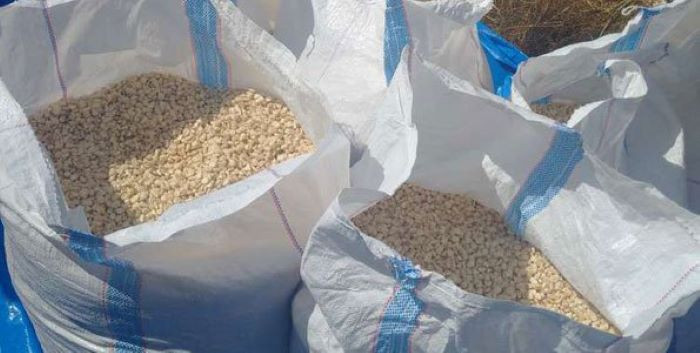
GIS, known as Geographic Information System or Geographic Information Science, “is the collection, collation and organisation of data that has geographic reference. This data is compiled and analysed by a specialist software package for processing and manipulation. GIS specialists need an eye for visuals, technical IT skills, presentation skills and a real grasp of concepts behind geographic data.”
Peter Makwanya

While the preceding statement is undeniably clear and correct, the whole process in which it is manufactured helps to obfuscate the other critical elements of geography such as the human and social ones. In this regard, human and social geography appears to have been relegated in favour of the physical and technical aspects.
This has, however, forced the majority of stakeholders to see climate change issues using physical and technical lenses rather than social and cultural ones.
While we do not deny the scientific and technical expertise of scientists and what it represents, the other elements which are equally fundamental appear to be relegated to the peripheries of the social and humanitarian order. The humanitarian, social and cultural phenomena, which largely shapes policy is not given enough prominence by the budding scientists.
The results of climate change emanate from highly changing scientific processes, but its social realities cannot be based on computation and manipulation of data. Climate change has largely affected the economic, social, cultural, social environmental and political, which happens to have a strong bearing on national securities of many countries.
While it is also clear that climate change and its effects are fundamentally geographic challenges that require geographic approaches, it is also undeniable that geography is not only constituted by the physical component, which happens to be quite small leaving out the vast communicative social landscape which affects the majority.
Therefore, it is our desire that, when the GIS experts and other high-sounding sectors like UNFCCC and IPCC consider the social and cultural components when they are computing and modelling climate science data. Graphic representations are quite appealing and revealing to their eclectic closed audiences, but they are particularly scaring and intimidating to the social, human and cultural constituencies. Communication, which is undoubtedly a major pillar for disseminating information across the sectors should be properly utilised in every respect.
- Chamisa under fire over US$120K donation
- Mavhunga puts DeMbare into Chibuku quarterfinals
- Pension funds bet on Cabora Bassa oilfields
- Councils defy govt fire tender directive
Keep Reading
The role of communication which can be used to permeate vast social and grassroot landscapes is ended up being quantified. Although quantification and manipulation of climate modelling data are significant, the qualitative and the ethnographic views of the communities need to be taken on board in order to be communicated effectively.
Although this is not an attempt to deconstruct scientific and technical approaches, which largely define the discourse communities and scientific communities of practice, their approaches need to be demystified and laid bare. A lot of information seems to be backgrounded in technical expertise, while attempts to foregrounding it would contribute to sustainable climate science communication.
The technical and scientific expertise would be upheld and become user friendly if it acknowledges the role of communicative competence. We cannot make the grassroots and the local knowledge of knowing central to climate change discourse if we ignore how best to engage and reach out to these structures.
The branch of communication can never be treated as a non-event as it helps to unmask certain critical issues that continue to be treated as taboo by the scientific community. The rural and urban poor, who are a vast majority of human and social geography, also need to interpret climate science data in the best possible ways they use to predict and interpret weather changes.
Human and social geography is significant in the sense that it subscribes to the naturalistic approach and strives to provide a vicarious feelings of being there, within the real life contexts of experiential settings.
Human and social geography is a component of human activity embedded in the real world, which can only be studied or understood in a context. Human and social geography also empower the communities with set values, feelings and beliefs that can be nurtured through intensive and extensive interactive study of social and cultural phenomena.
Of course, we can also not ignore the fact that climate modelling is important, in the sense that it provides us with an understanding of how our ecology might look like in 10 or 50 years from now and GIS is one of the key tools in predicting future changes based on geographic data already collected.
But the sticking point is, how are the communities empowered in this kind of predictions and what sort of lens do they harness in their attempts to bring out something significant from these modelling. Above all, what is the role of sustainable communication in this whole scenario? We cannot claim to be people friendly, be for the people and with the people while we deny them the levelling effect of communication skills.
Through sustainable communication, the grassroots are able to retain holistic and meaningful characteristics of their environment and real life situations which affect their habitations. As such, climate science information will be communicated and interpreted basing on the values and meanings of how the local people view the world.
This does not need lots of complex quantifications based on mystifying information as well as exclusion. Therefore, an integration of all of the above would empower everybody’s perpectives. Peter Makwanya is a climate change communicator. He writes in his own capacity and can be contacted on: [email protected]











